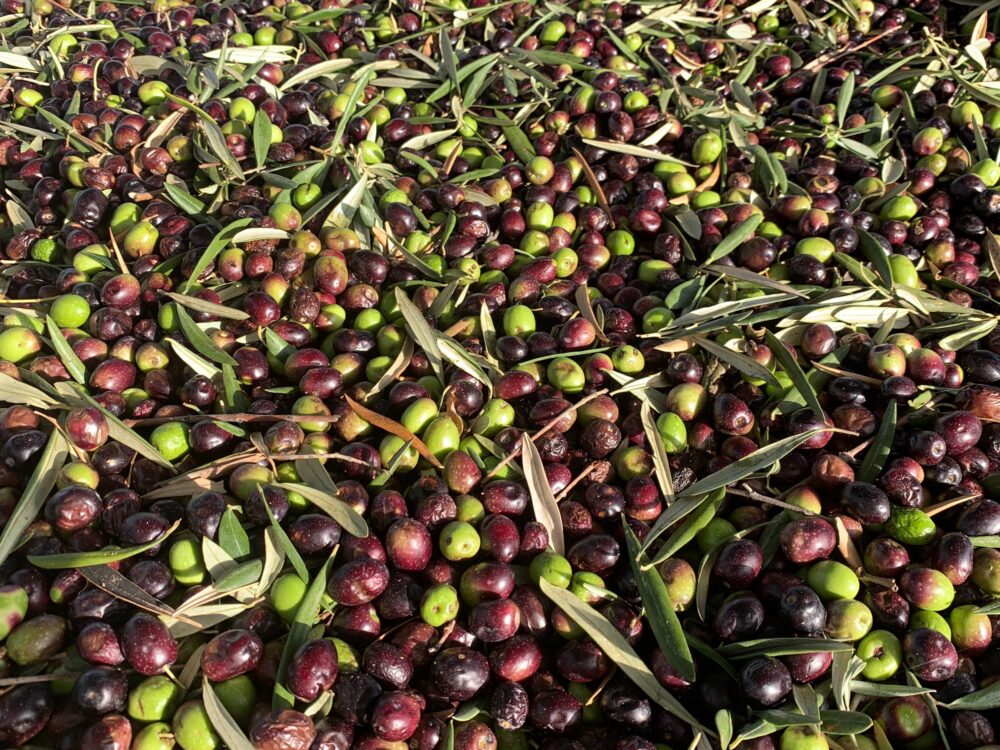Olive vs Olive Oil Nutrition

Olives are high in vitamins A, E, and K, fiber, and monounsaturated fats. They also contain small amounts of essential minerals, including calcium, magnesium, iron, and copper. Because of their high fat content, olives are calorically rich, which is one reason to eat them in moderation if you’re trying to lose weight or if you struggle to maintain a healthy weight.
Unprocessed olives aren’t salty, but processed olives are very high in sodium because of the salt or brine used in curing the fruits. As we’ll see, that’s another reason to limit how many you eat. The standard serving size for olives is 100 grams — or 10 olives.
Compared with olives, olive oil is far lower in sodium. It’s also a more concentrated source of fat, as it lacks fiber and other nutrients. One serving of olive oil is about one tablespoon and provides 120 calories, all of them from fat.
Both olives and olive oil are high in polyphenols and antioxidants, however. They’re also a rich source of omega-9 fatty acids, including oleic acid, which is generally considered one of the healthier forms of fat.
(Excerpt from the Food Revolution Network)
